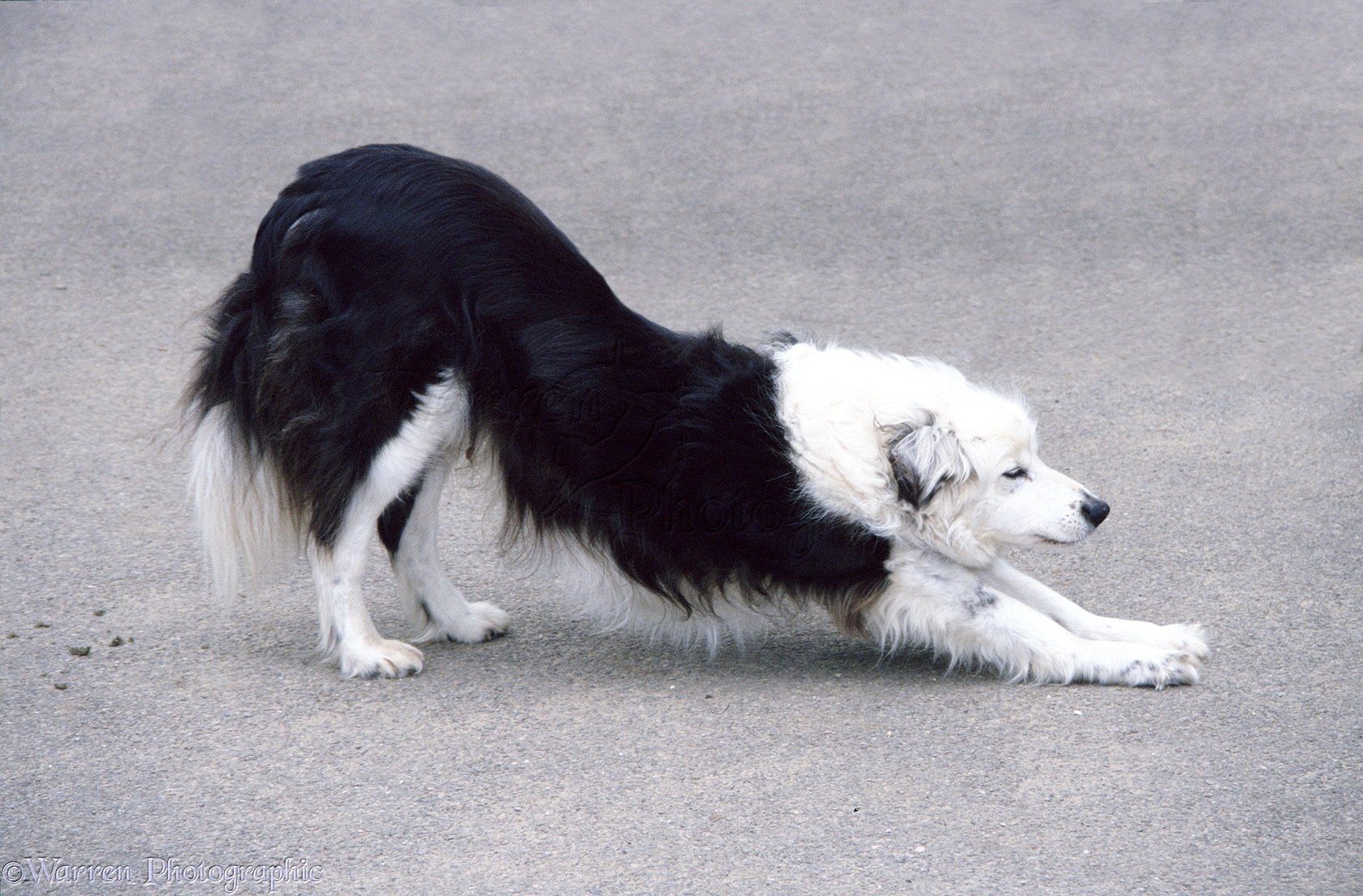As a dog owner, it’s important to make sure your furry friend gets adequate physical and mental stimulation. But dogs can’t exactly tell you when they’re feeling bored or under-stimulated. Instead, they exhibit certain behaviors that suggest they need more enrichment. Recognizing the signs of a bored dog is the first step toward keeping them happily engaged.
Physical Indicators of Boredom
A dog‘s body language can reveal a lot about their mental state. Here are some common physical signs that your pooch is bored and in need of activity:
Yawning – Excessive yawning when your dog is rested and not sleepy can indicate boredom and mental under-stimulation.
Pacing – Dogs may wander around the house aimlessly, checking the same spots repeatedly for some form of amusement.
Attention-seeking – Nudging you, bringing toys, or barking for attention can all be signs your dog is asking you to engage with them.
Lip-licking or panting – Dogs may lick their lips or pant from stress when bored. But check for other signs, as this can also indicate anxiety or thirst.
Restlessness – Fidgeting, getting up and changing position frequently shows your dog is having difficulty settling due to inactivity and boredom.
Lethargy – While normally energetic dogs may become significantly less active when chronically bored.
Paying attention to these physical cues can reveal when your dog’s needs aren’t being met with enough stimulation and enrichment.
Behavioral Signs of Boredom
In addition to physical symptoms, certain behaviors are common indicators that your dog is bored and looking for some fun. Watch out for:
Destructiveness – Dogs may chew, dig, bark or act out when bored, especially high-energy breeds. Puppies are especially prone to destructive play.
Excessive self-grooming – Licking paws, tail or genitals obsessively can indicate boredom. But rule out skin issues with your vet first.
Jumping or nipping – Dogs may jump and mouth when trying to engage you in play when they’re bored. Redirect this energy into appropriate toys.
Attention-seeking – Repeatedly bringing you toys, barking or whining for engagement is a clear sign your pooch wants more quality time and activity.
Door-dashing – Dogs may bolt out doors or gates in search of adventure when bored outdoors. Off-leash training is crucial to curb this dangerous behavior.
Eating/chewing inappropriate items – Dogs may eat non-food objects like cardboard, socks or even drywall when under-stimulated. Use puzzle toys for mental enrichment instead.
Excessive barking – Bored dogs may bark persistently at any little sight, sound or movement for entertainment. More exercise and training helps quiet demanding pooches.
Preventing Doggy Boredom
The best way to curb boredom is to provide your dog with plenty of enrichment that engages their body and mind. Try these tips:
Physical exercise – Active breeds especially need lots of playtime and exercise to stay happy – at least 30-60 minutes daily.
Food puzzle toys – Use treat-dispensing toys to make them “work” for meals, providing mental stimulation.
New toys frequently – Rotate novel toys to pique their interest, and store toys then bring them back out to refresh them.
Training sessions – Daily short training sessions strengthen your bond while tiring them mentally.
Change up walking routes – Explore new neighborhoods, trails and parks so outdoor time stays intriguing.
Socialization time – Playdates with other dogs provide essential stimulation and companionship.
Creative games – Invent new games and activities to challenge their mind and stave off boredom.
Enrichment boxes – Hide treats and toys in cardboard boxes for them to “forage” for enrichment.
Keeping your dog happily engaged takes some creativity and effort. But it strengthens your bond while preventing problem behaviors. A bored dog is an unhappy dog – you can help them live their very best life by staying attentive to their needs.
Frequently Asked Questions
How much exercise does my dog need daily?
Most healthy adult dogs need 30-60 minutes of activity daily. High-energy breeds may need more. Puppies can only handle short 5-15 minute play sessions. Know your breed’s exercise needs.
What are signs of depression in dogs?
Lethargy, disinterest in toys and food, clinginess, and loss of previous housetraining are potential signs of canine depression that requires veterinary attention.
Why does my dog destroy things when I’m gone?
Dogs may chew, dig, urinate or bark from separation anxiety or sheer boredom. Solve it with enrichment toys, proper crate or confinement training, exercise and behavior modification.
Why does my dog bring me toys constantly?
Bringing toys to you is often an invitation to play. Indulge them in play frequently, but also teach them to entertain themselves independently.
Is it OK to use food puzzles all the time?
Occasional food puzzles are great enrichment, but don’t constantly feed them this way. Complete meals from puzzle toys can contribute to weight gain in some dogs.


